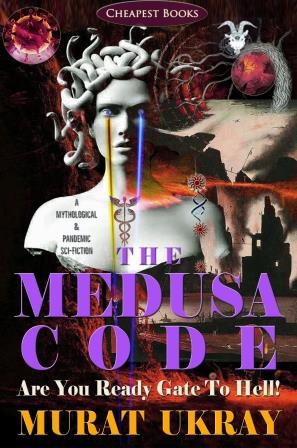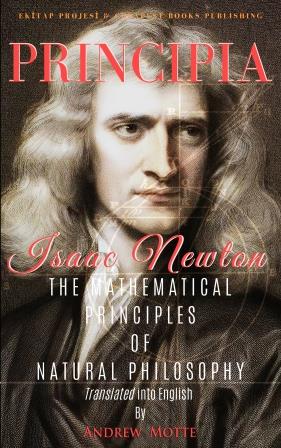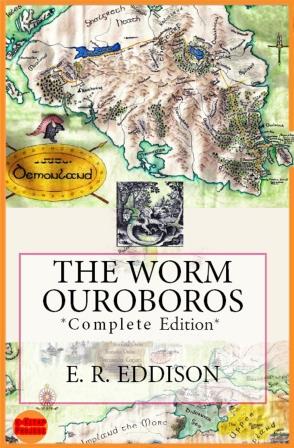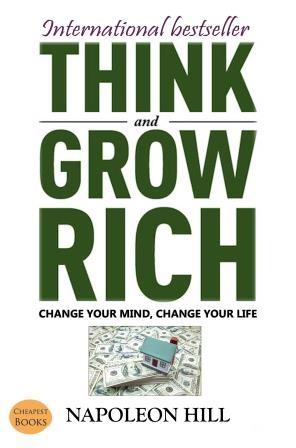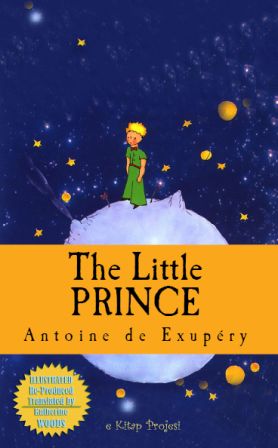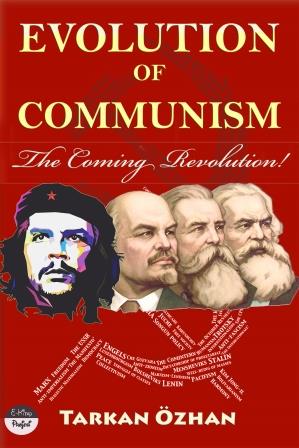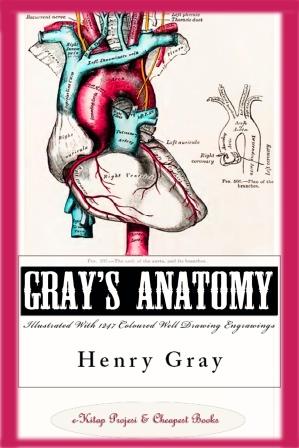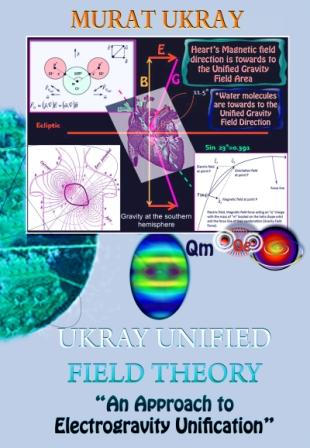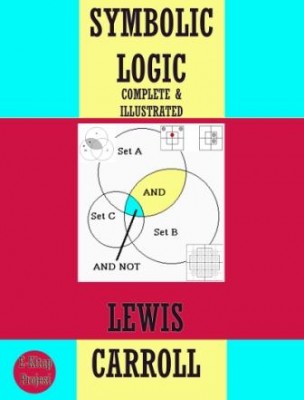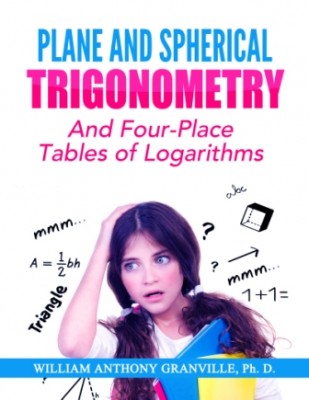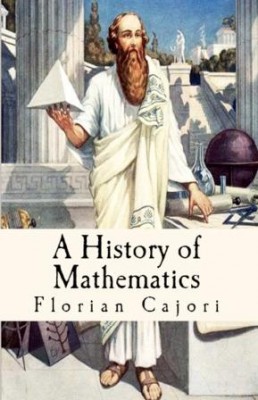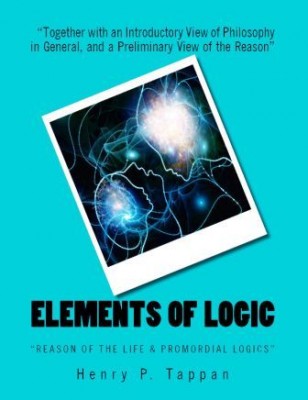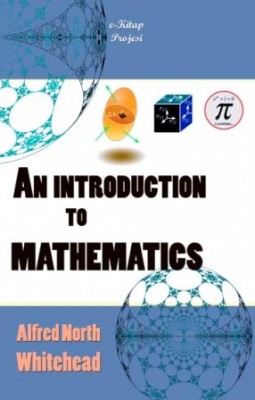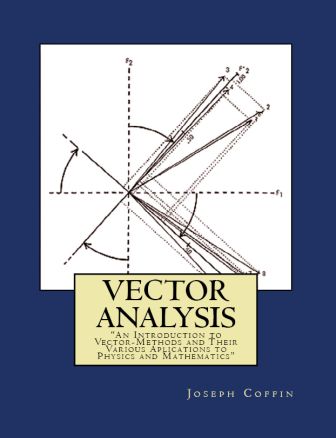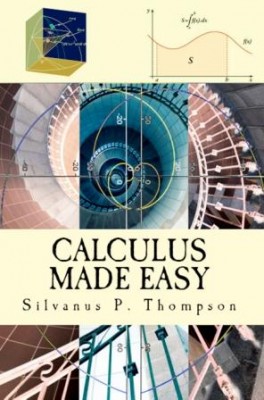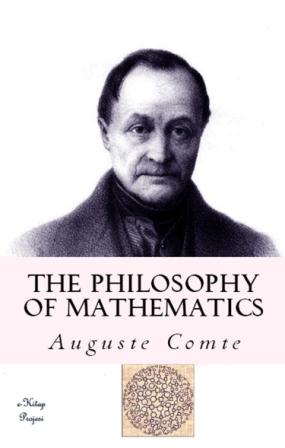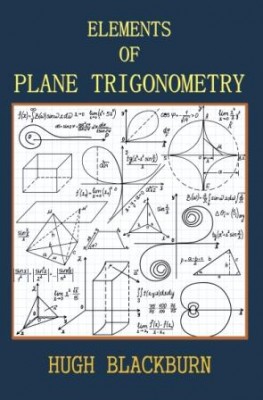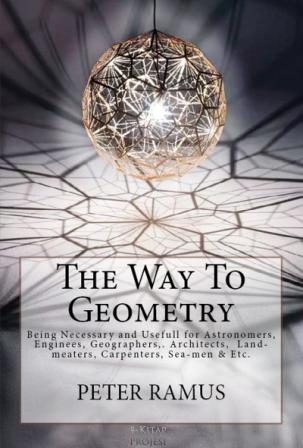More Search Results...
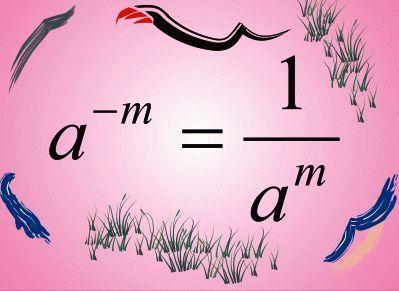
Symbolic Logic {Complete & Illustrated}
Analysis of a Proposition into its Elements. Numerical and Geometrical Problems. The Theory of Inference. The Construction of Problems. And many other Curiosa Logica.
In Book I, Chapter II, I have adopted a new definition of ‘Classification’, which enables me to regard the whole Universe as a ‘Class,’ and thus to dispense with the very awkward phrase ‘a Set of Things.’
More info →Plane and Spherical Trigonometry: “And Four-Place Tables of Logarithms”
It has been the author's aim to treat the subject according to the latest and most approved methods. The book is designed for the use of colleges, technical schools, normal schools, secondary schools, and for those who take up the subject without the aid of a teacher.
More info →A History of Mathematics
The contemplation of the various steps by which mankind has come into possession of the vast stock of mathematical knowledge can hardly fail to interest the mathematician. He takes pride in the fact that his science, more than any other, is an exact science, and that hardly anything ever done in mathematics has proved to be useless.
The chemist smiles at the childish efforts of alchemists, but the mathematician finds the geometry of the Greeks and the arithmetic of the Hindoos as useful and admirable as any research of today. He is pleased to notice that though, in course of its development, mathematics has had periods of slow growth, yet in the main it has been pre-eminently a progressive science.
More info →Elements of Logic “Reason of the Life & Promordial Logics”
THIS work here undertaken differs somewhat in its scope and design from systems of Logic which have hitherto been given to the world. The Aristotelian Logic is simply the method of deduction and, as such, it is complete. Subsequent works, in so far as they have been strictly logical, have closely copied the great master, and have confined them-selves to an exhibition of the deductive principles and processes.
Now, the deductive method comprehends merely the laws which govern inferences or conclusions from premises previously established.
These premises may, in their turn, be inferences from other premises, and so on, to certain extent and just so far this method is all sufficient. But it is evident that the evolution of premises and conclusions, and conclusions and premises, must have limit.
An Introduction to Mathematics
The study of mathematics is apt to commence in disappointment. The important applications of the science, the theoretical interest of its ideas, and the logical rigour of its methods, all generate the expectation of a speedy introduction to processes of interest. We are told that by its aid the stars are weighed and the billions of molecules in a drop of water are counted. Yet, like the ghost of Hamlet's father, this great science eludes the efforts of our mental weapons to grasp it | 'Tis here, 'tis there, 'tis gone" | and what we do see does not suggest the same excuse for illusiveness as sufficed for the ghost, that it is too noble for our gross methods. A show of violence," if ever excusable, may surely be offered" to the trivial results which occupy the pages of some elementary mathematical treatises.
More info →Vector Analysis: “An Introduction to Vector-Methods and Their Various Aplications to Physics and Mathematics”
One who has studied and labored over the applications of mathematical analysis to physical and geometrical problems, naturally has reluctance to discard the old familiar looking formulre and start anew in an unknown and radically different language.
More info →Calculus Made Easy
Considering how many fools can calculate, it is surprising that it should be thought either a difficult or a tedious task for any other fool to learn how to master the same tricks. Some calculus-tricks are quite easy. Some are enormously difficult. The fools who write the textbooks of advanced mathematics and they are mostly clever fools|seldom take the trouble to show you how easy the easy calculations are. On the contrary, they seem to desire to impress you with their tremendous cleverness by going about it in the most difficult way. Being myself a remarkably stupid fellow, I have had to unteach myself the difficulties, and now beg to present to my fellow fools the parts that are not hard. Master these thoroughly, and the rest will follow. What one fool can do, another can.
More info →The Philosophy of Mathematics
In The philosophy of mathematics, mathematics employee classification efforts to understand the philosophy is the branch.
More info →Elements of Plane Trigonometry
Trigonometry (from "trigwnon", triangle, and "metrew") is the science of the numerical relations between the sides and angles of triangles.
This Treatise is intended to demonstrate, to those who have learned the principal propositions in the first six books of Euclid, so much of Trigonometry as was originally implied in the term, that is, how from given values of some of the sides and angles of a triangle to calculate, in the most convenient way, all the others. A few propositions supplementary to Euclid are premised as introductory to the propositions of Trigonometry as usually understood.
More info →The Way To Geometry
Plato saith “tov peov akei gewmetreiv”, That "God doth alwayes worke by Geometry", that is, as the wiseman doth interprete it, Sap. XI. 21. Omnia in mensura & numero & pondere disponere. Dispose all things by measure, and number, and weight: Or, as the learned Plutarch speaketh; He adorneth and layeth out all the parts of the world according to ra-te, proportion, and similitude.
More info →



